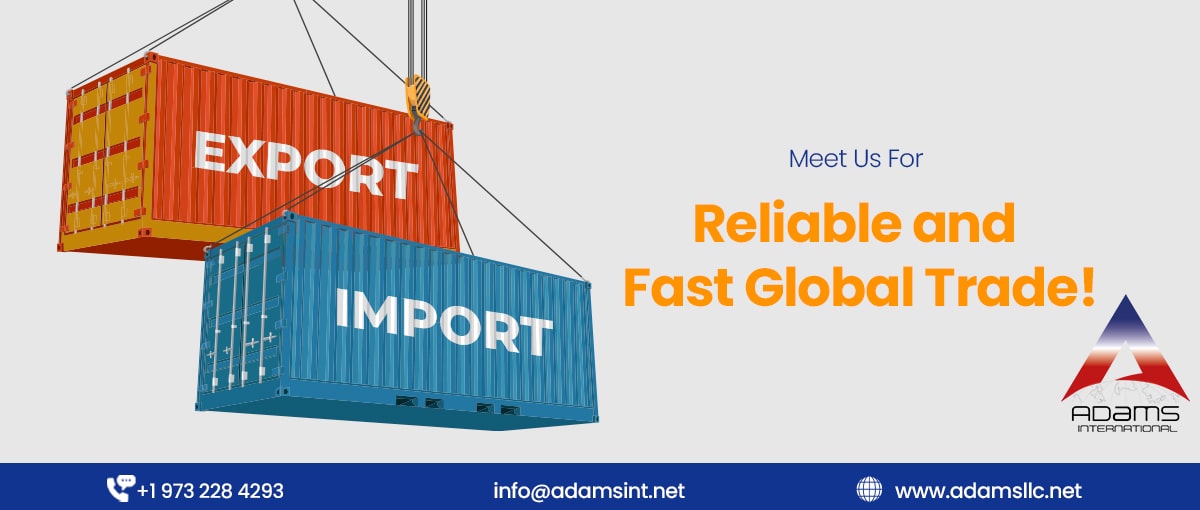Free shipping for $200 or more.
Free shipping for $200 or more.

Export and Import Processes of Industrial Parts: The Significance of Global Trade In today's world, the global economy is shaped by the movement of international trade. Industrial parts constitute a significant component of this global trade. The mobility of these parts, used in various stages from production to end consumers, facilitates the growth of manufacturing companies and strengthens trade relations between different countries. In this article, we will examine the export and import processes of industrial parts and discuss why global trade is so essential.
Export Process
The export process of industrial parts offers manufacturing companies the opportunity to gain access to a broader market. This process typically involves the following steps:
Market Research: Firms considering exporting conduct market analysis of target countries. This helps determine the demand and market conditions for different parts in various regions.
Documentation Preparation: Necessary documents for export transactions are prepared. These include invoices, packaging lists, customs declarations, and, if required, international shipping contracts.
Customs Procedures: Customs procedures are carried out to send industrial parts to the target country. This includes dealing with customs duties, tariffs, and other relevant regulations.
Shipping and Logistics: Suitable shipping and logistics solutions are chosen to ensure the secure and timely delivery of parts. Options such as sea freight, air freight, or road transportation are evaluated.
Payment Procedures: Payment is received to complete the export process. Payment methods and terms are established beforehand.
Import Process
When a country sources industrial parts from abroad, the import process comes into play:
Supplier Research: Companies seeking to import conduct research to find reliable and high-quality suppliers for the required parts.
Ordering and Agreements: Agreements are made with suppliers for the import of specific parts. Details such as order quantities, prices, and delivery timelines are determined.
Customs and Import Duties: Customs procedures are carried out for the imported parts. Customs duties, import taxes, and other expenses are paid.
Shipping and Delivery: Parts sent by the supplier are transported to the importing country using predetermined logistics methods. Safe and timely delivery is crucial.
Product Inspection and Acceptance: The quality and suitability of imported parts are inspected. In case of any damages or deficiencies, communication is established with the supplier.
The Significance of Global Trade
The export and import processes of industrial parts promote economic growth and enhance cooperation between different countries. Through global trade:
Technology Transfer: Industrial parts from different countries facilitate the transfer of technology and knowledge. This enables countries to enhance their production capacities and stimulate innovation.
Economic Growth: Exporting allows manufacturing companies to expand their markets and foster growth. Similarly, importing can help local companies optimize their production processes and reduce costs.
Employment Opportunities: Export and import activities create new job opportunities in logistics, distribution, and other related fields.
Cultural Exchange: Trade between different countries encourages cultural interaction, allowing more people to experience different cultures. In conclusion, the export and import processes of industrial parts are fundamental pillars of the global economy. These processes contribute to the growth of manufacturers, strengthen trade relations between countries, and support continued economic development.